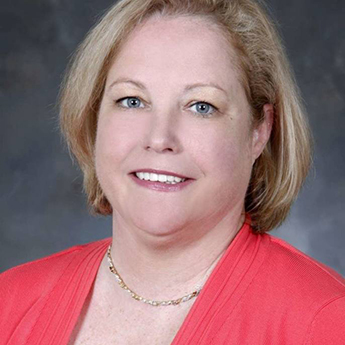FDA s New Import Program for 2019
The FDA and U.S. Customs and Border Protection are using new import requirements. The FDA's import software screening program (PREDICT) and the U.S. Custom's ACE software program require more information from the foreign source(s). FDA's product codes and U.S. Harmonized Tariff Schedule (HTS) link the requirements. The software coding information must be correct. Otherwise, you face costly delays and possibly a refusal of the entry.
In addition, information on the entry's commercial or pro forma invoice must be consistent with the information entered into PREDICT and ACE software. FDA offers some relief from the strict requirements if you participate in a voluntary Affirmation of Compliance (AOC). Providing accurate information is necessary in order to reconcile the PREDICD, ACE, Invoice and AOC information. Your failure to accomplish these tasks can lead to smooth sailing or to a whirlpool of costly delays and fines. Time is not on your side during the import process. Time is money; the more you use, the more you lose.
- FDA's required information for the PREDICT software screening prior to entry
- FDA product codes
- Custom's required information for the ACE software system prior to entry
- Custom's Harmonized Tariff Schedule (HTS)
- Affirmation of Compliance (AOC)
The new import entry filing requirements became effective in 2016 and are posing problems for user. Failure to provide the correct information creates costly delays and, in some cases, the frustrating task of contacting the FDA to resolve the problem. FDA's software screening program, PREDICT, and U.S. Custom's ACE program require careful attention. Errors will cost money. The less obvious software is the FDA's and U.S. Custom's linking of your legal requirements by using the correct Harmonized Tariff Schedule (HTS) code. That sets up how FDA will apply its requirements. In addition, the information on the manifest, invoice and affirmation of compliance make importing easy provided you get it right. Making errors means FDA may flag you as a problem that requires greater scrutiny for data verification. As if delays and detentions are not bad enough, there will be punitive fines for filing incorrect entry data in ACE. This is a needless cost as long as you understand what you should be doing.
The benefits require the correct information for FDA and U.S. Customs software programs. At least now, using the PREDICT and ACE programs let you check the status of your entry and what the communications are between your broker and U.S. Customs. There is a lot of information at your fingertips now, if you get it right.
- Business Planning Executives
- Regulatory Managers
- In-house Legal Counsel and Contract Specialists
- Venture Capitalists
- Business Acquisition Executives
- Owners of New or Developing Import/Export Firms
- International Trade Managers
- Import Brokers
- Investors
- Logistics Managers
- Sales Managers
Mr. Uldriks held a number of positions at FDA, such as an investigator in FDA's New England office, in the Office of the Commissioner in Legislative Affairs and in the Center for Devices and Radiological Health (CDRH), where he served as CDRH's Associate Director for Regulatory Guidance and Government Affairs. He helped to guide CDRH to develop and implement various medical device related amendments to the Food, Drug, and Cosmetic Act, regulations and guidance documents. For years he has trained FDA staff on medical law and has been a featured speaker at many professional conferences involving FDA's medical device program.
Upcoming Webinars
























































































